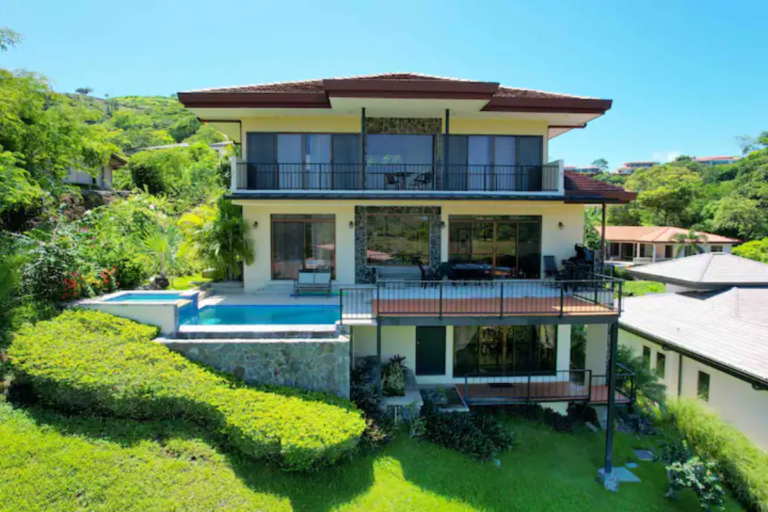Introduction to Oco Houses
Oco houses, derived from “eco” and “organic,” represent an innovative approach to sustainable living. These homes are designed to harmonize with the environment, utilizing natural and eco-friendly materials to minimize their carbon footprint. Here we will discover the unique features of Oco houses and why they are becoming increasingly popular among eco-conscious homeowners.
Design Principles of Oco Houses
Eco-Friendly Materials
One of the hallmarks of Oco houses is their use of eco-friendly materials. These homes often feature sustainable materials like bamboo flooring, reclaimed wood, and recycled steel. Bamboo, for example, is a fast-growing plant that renews quickly, making it a highly renewable source. Reclaimed wood gives a rustic charm and reduces the demand for new timber. Recycled steel is another material that reduces waste and promotes sustainability.
Energy Efficiency
Oco houses are designed to be highly energy-efficient. They incorporate advanced insulation techniques, energy-efficient windows, and solar panels to reduce energy consumption. Insulation plays an important role in maintaining indoor temperatures and minimizing the need for heating and cooling. Energy-efficient windows reduce heat transfer, keeping homes warmer in the winter and chill in the summer. Solar panels harness renewable energy, reducing reliance on fossil fuels and lowering utility bills.
Integration with Nature
An essential aspect of Oco houses is their seamless integration with nature. Large windows, green roofs, and indoor gardens are standard features that bring the outdoors inside. Green roofs are covered with vegetation, offering insulation and absorbing rainwater, which reduces the urban heat island effect. Indoor gardens enhance air quality and provide a serene environment, promoting well-being.
Benefits of Living in an Oco House
Healthier Living Environment
Using non-toxic materials and improved air quality systems in Oco houses contributes to a healthier living environment. Many conventional building materials release volatile organic compounds (VOCs) that can cause health issues. Oco houses use low-VOC or VOC-free materials, improving indoor air quality and reducing health risks. It is particularly beneficial for people with allergies or respiratory conditions.
Cost Savings
While the initial investment in an Oco house may be higher, the long-term cost savings are significant. Energy-efficient features reduce utility bills and the durable materials used in construction lower maintenance costs. Additionally, homeowners may benefit from tax incentives and rebates for using renewable energy sources and sustainable building practices.
Positive Environmental Impact
By choosing to live in an Oco house, homeowners are actively contributing to environmental preservation. These houses reduce greenhouse gas emissions by using renewable energy and minimizing waste. Water conservation features like rainwater harvesting systems reduce further ecological impact. Storing rainwater for irrigation and other non-potable uses conserves water resources and reduces the effort on municipal water supplies.
Conclusion
Oco houses represent the future of sustainable living. Their innovative design, eco-friendly materials, and integration with nature make them an excellent choice for those looking to minimize their environmental impact. As the demand for sustainable housing grows, Oco houses are set to become a staple in green living, offering a healthier, cost-effective, and environmentally friendly alternative to traditional homes.
- Growing Bonsai: Tips for Miniature Tree Enthusiasts
- Buying Bonsai: Tips for Selecting Your Perfect Tree
- Bonsai Potting: Essential Tips for Tree Care Success
- Bonsai Maintenance: Essential Care for Tiny Trees
- Mastering the Art of Shaping Bonsai: A Beginner’s Guide


